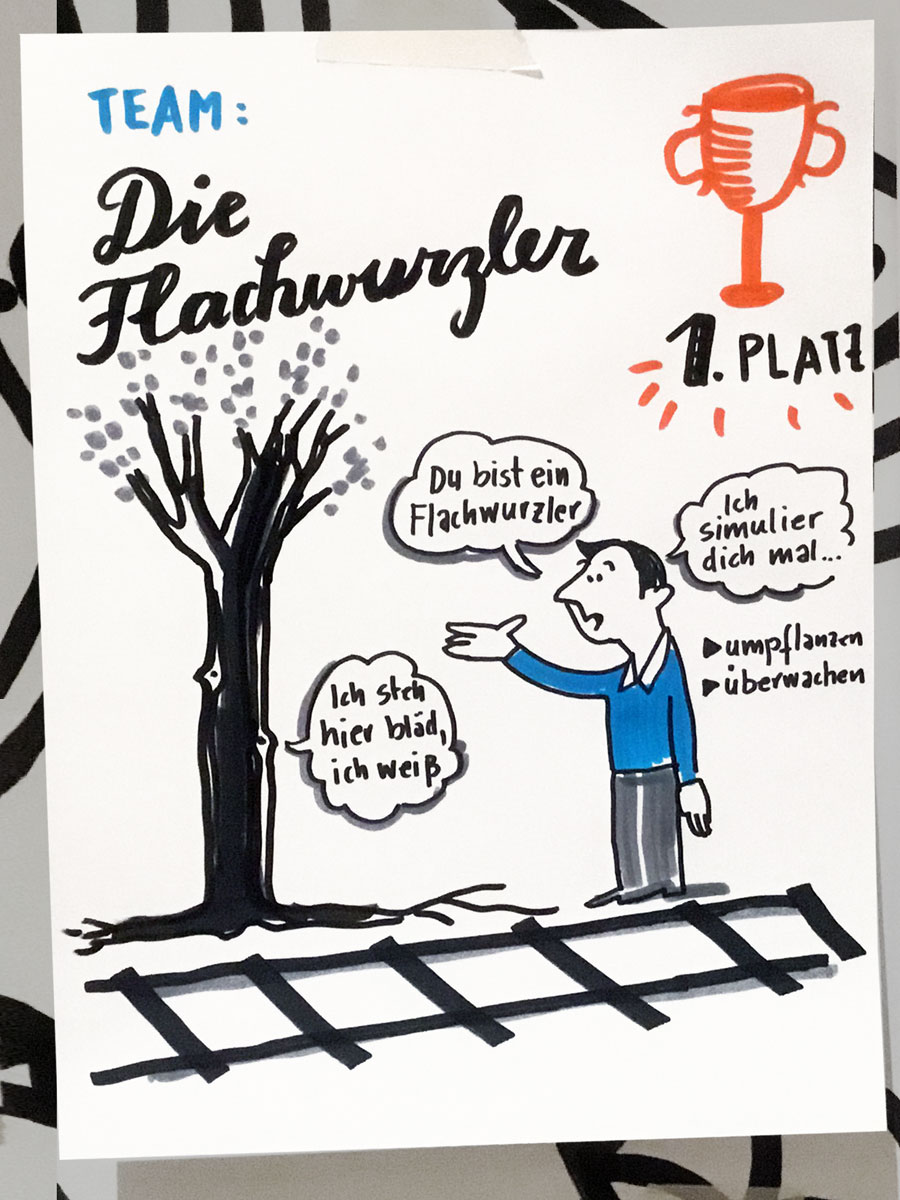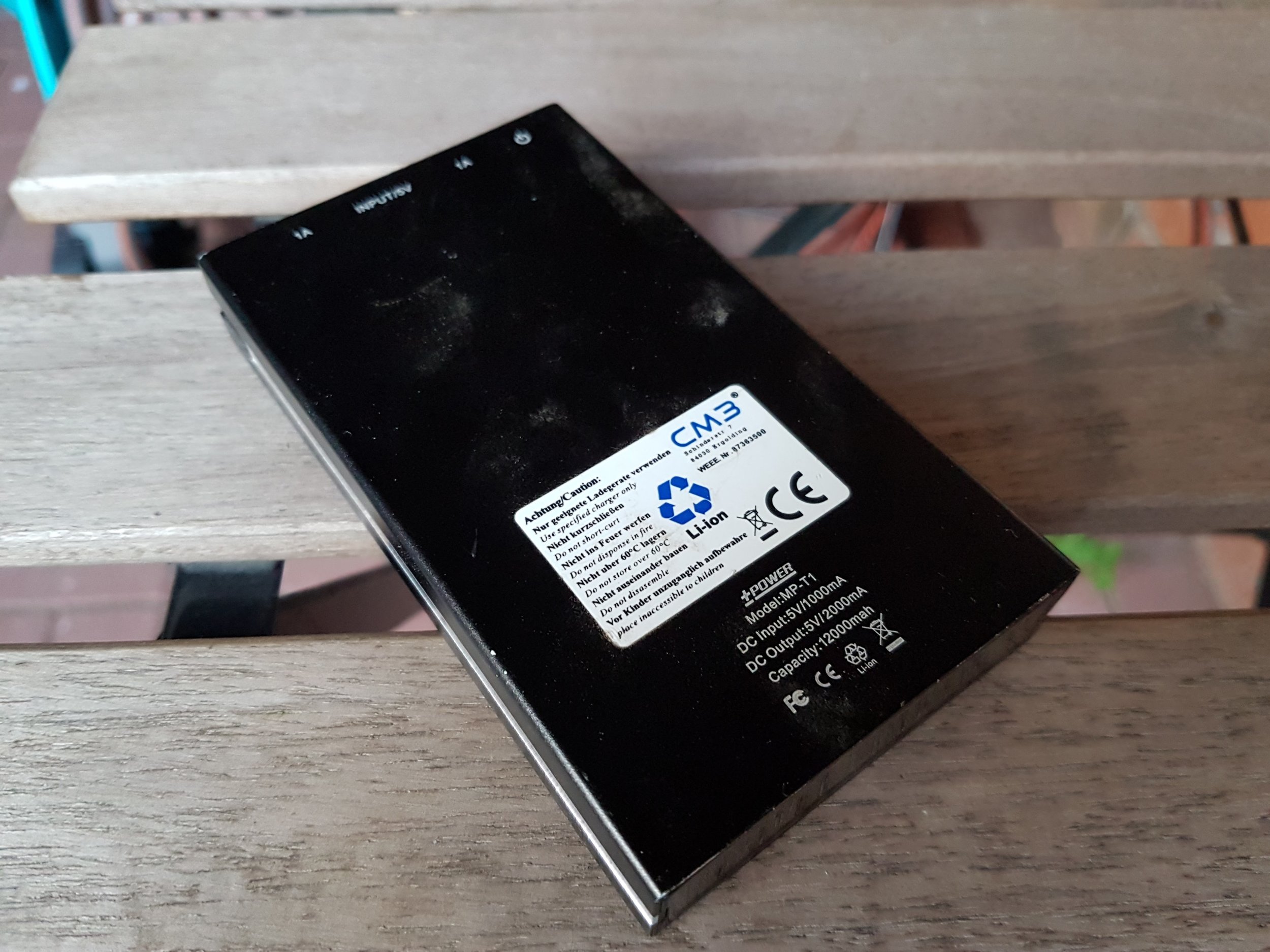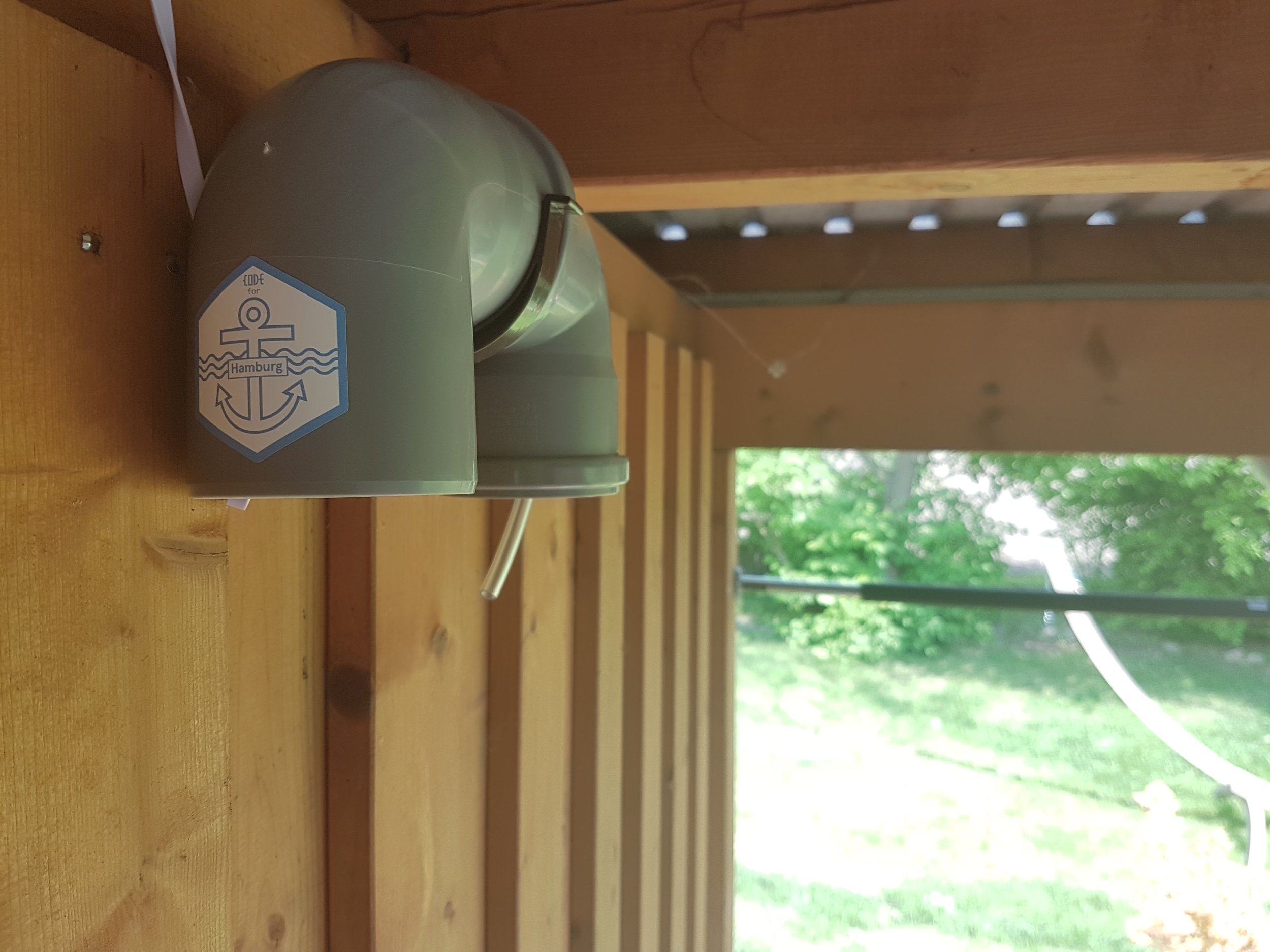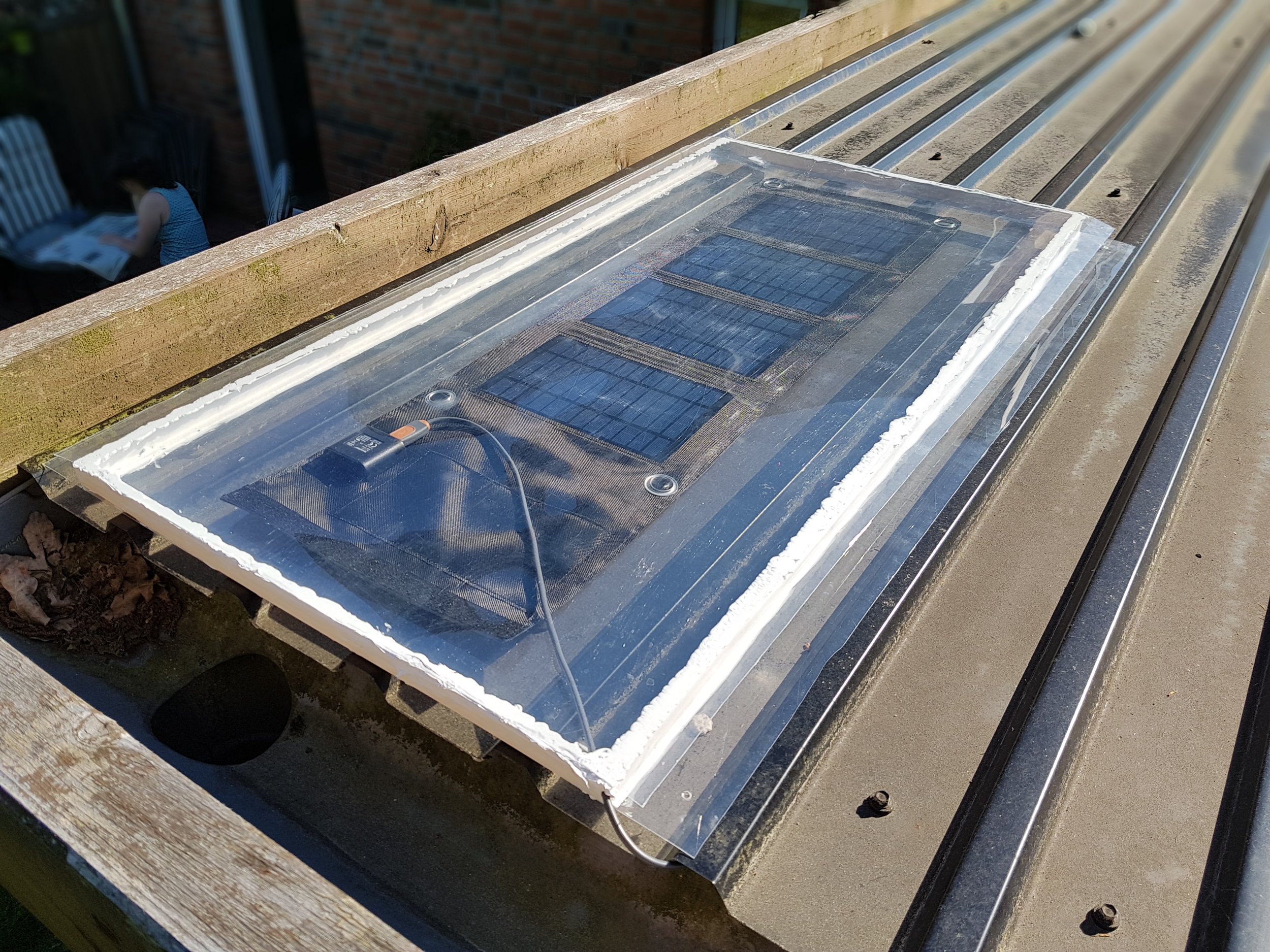The election of the German Bundestag takes place later this year and, of course, journalists and data-nerds are slowly beginning to think about data-driven stories. For this reason I have refurbished an old scraper of mine, which I wanted to use for quite some time. It scrapes meta information of state level election polls from the great website wahlrecht.de, which is the go-to place for polling data in Germany.
Using the scraper I aggregated data on 1885 individual polls beginning in 1999 and including state, release date, pollster and commissioning organisation. Obviously news organisations* concentrate on the polling results but I would like to focus on polling intensity and the question of who is conducting and paying for the polls. This is a little just for fun side-project with a pretty low level of detail.
Polling intensity by federal state
It is clear from the scraped dataset that Berlin has a much higher polling intesity than the other federal states. It is certainly worth pointing out that Berlin as a capital has a higher public interest than say the small city-state of Bremen. Still I consider it hardly remarkable that the intensity ranking does not exactly reflect the population ranking of the states: The data should be normalized against election individual years of the states.







